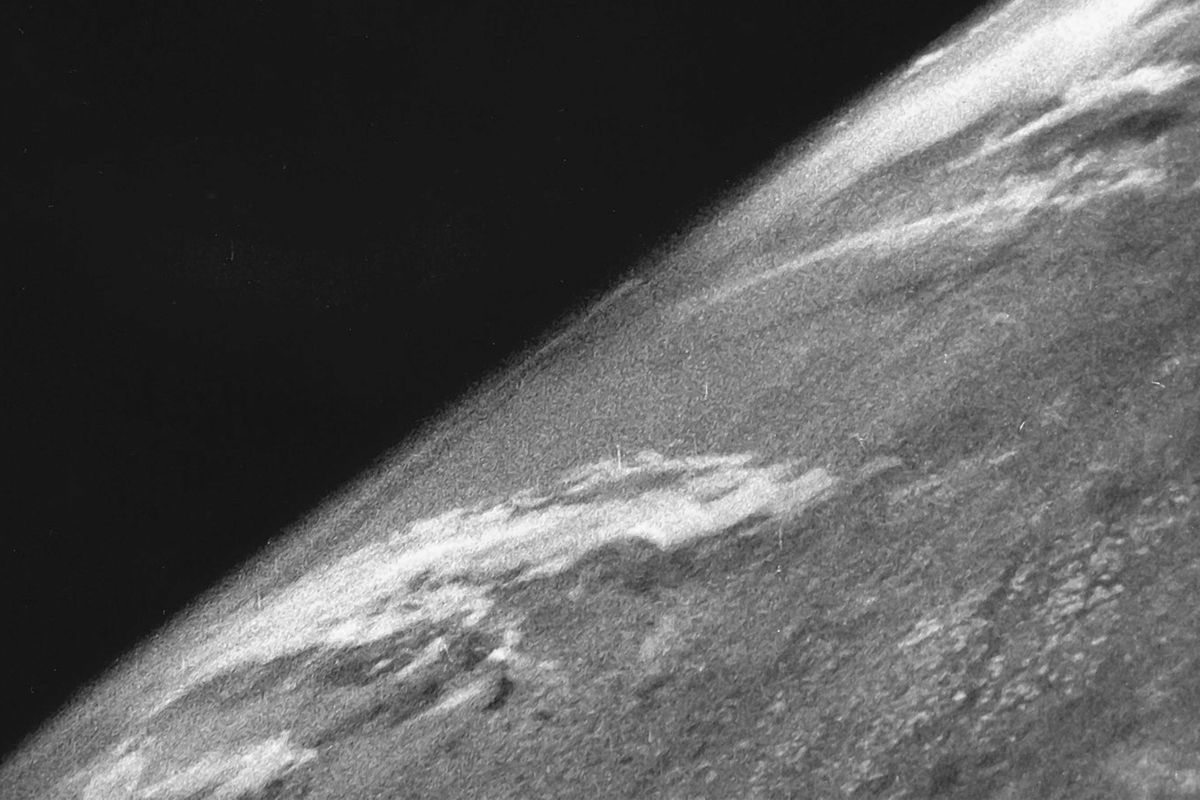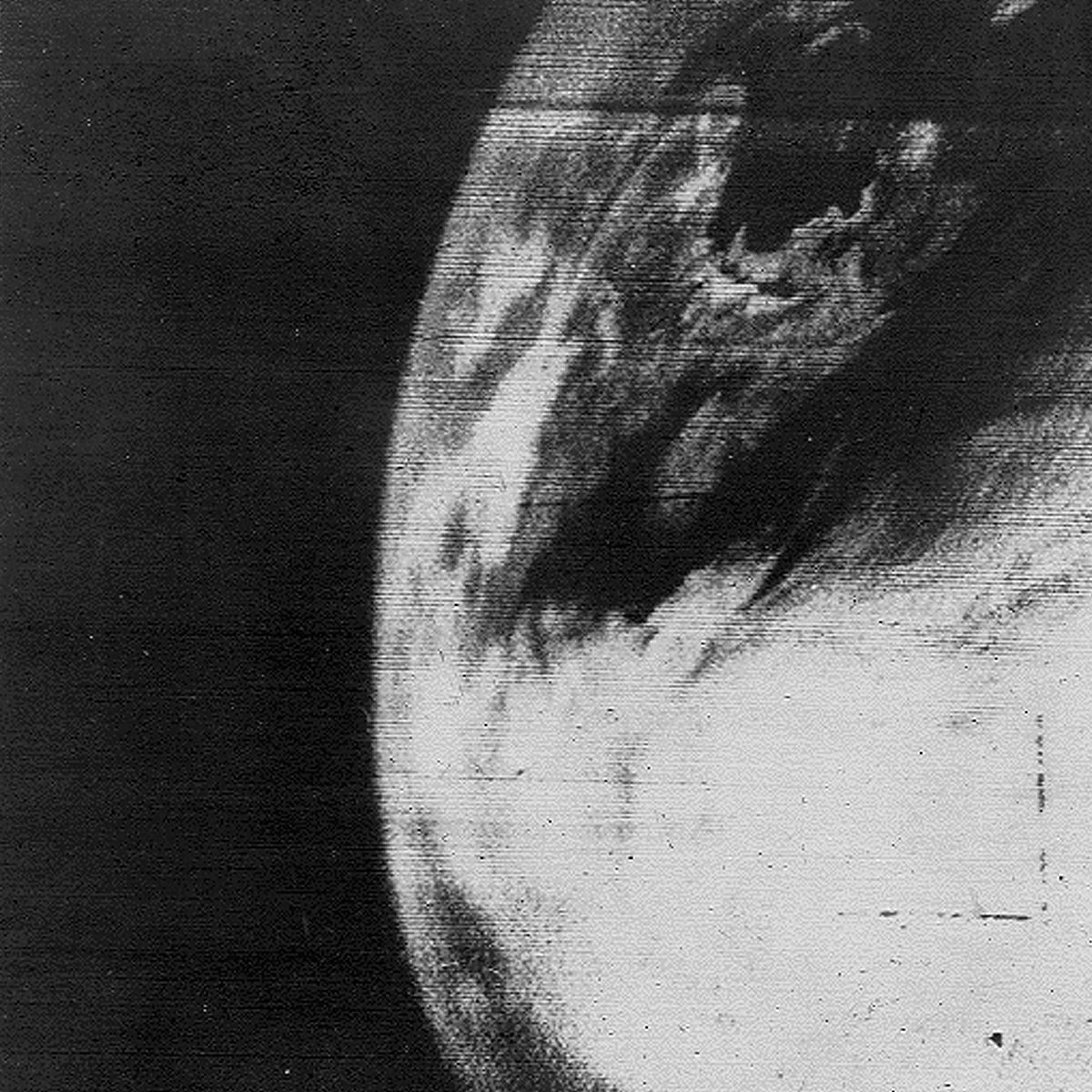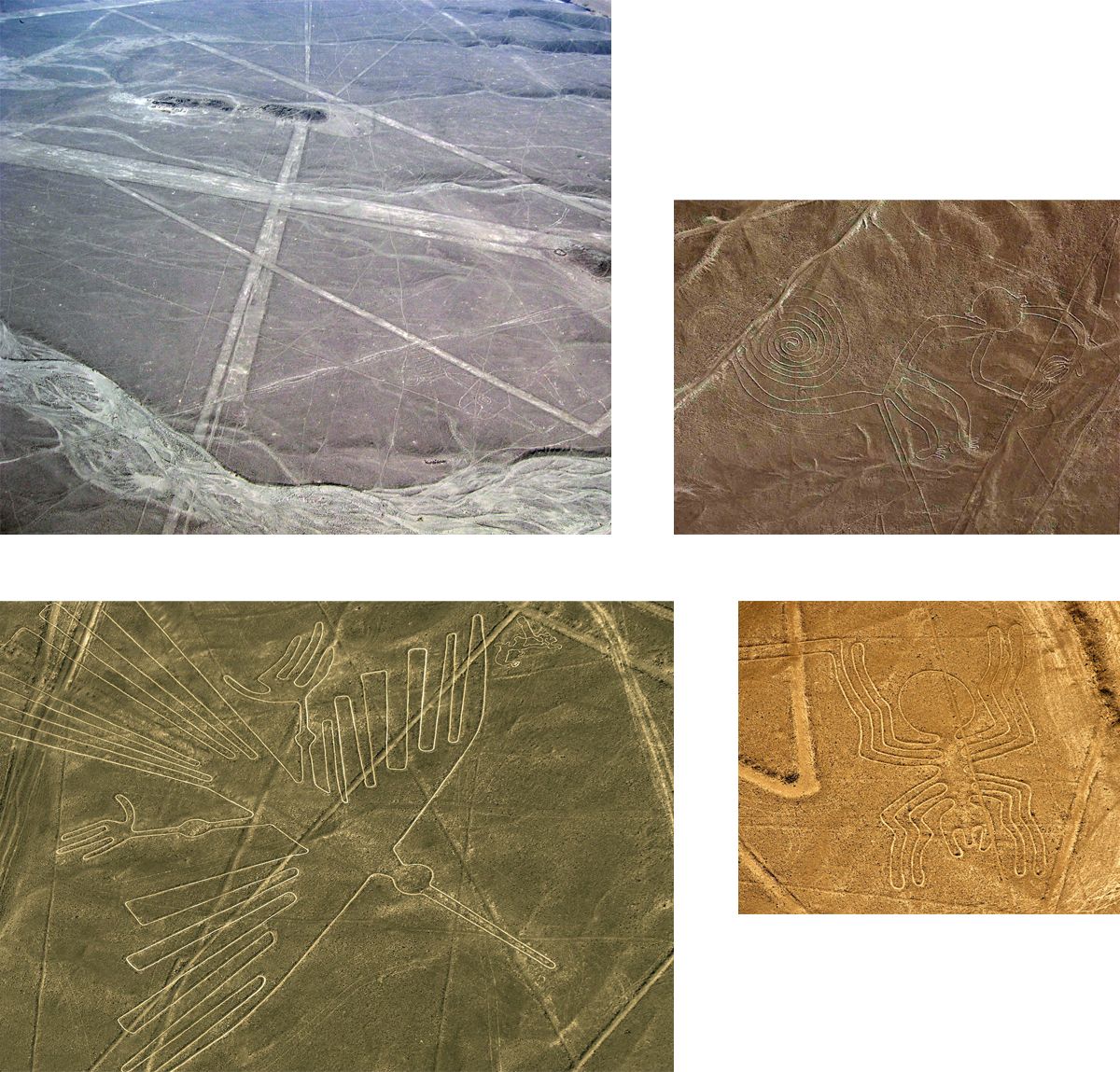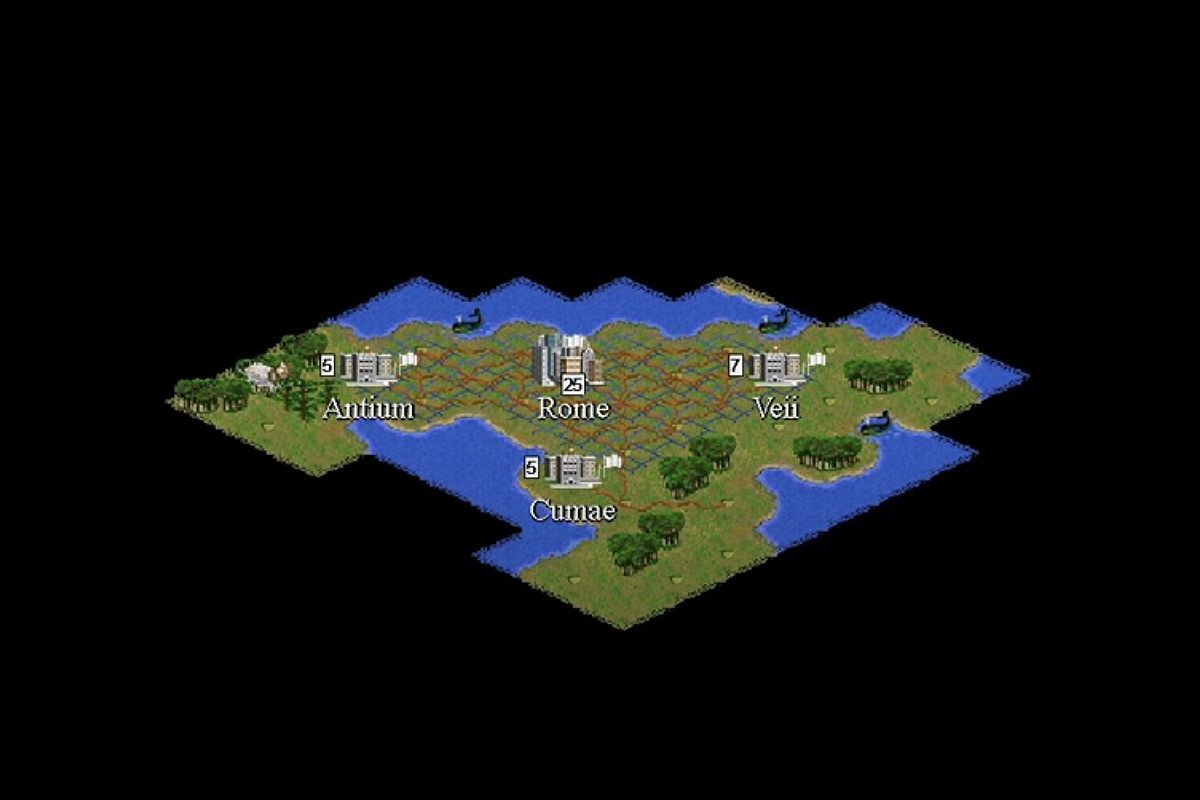Periodical — 8
This is the first image taken from space. It was one of many images captured from 65 miles above Earth by a camera attached to a captured German V-2 rocket launched on October 24, 1946. You can watch a brief film about this mission here.

The first orbital satellite images of Earth were made more than a decade later, by the U.S. Explorer 6 mission on August 14, 1959. The first image taken by Explorer 6 is not much to look at — it shows cloud cover over the Pacific Ocean, but looks a blur of white over a sea of black.
Less than a year later, the TIROS-1 weather satellite was launched into orbit and sent this image of Earth back.

Just six years after TIROS-1, in 1966, the KH-7 Gambit reconnaissance satellite sent this image back. Keep in mind, we hadn’t landed on the moon yet. Understandably, the imagery gathered from this satellite remained classified until 2002.

The detail is astonishing.
It’s easy to take satellite imagery for granted now that we’ve been using things like Google Maps for nearly twenty years. But we’re talking about cameras in space. That they can capture the detail they do — a single person crossing the street, say — is chilling. And given what we are allowed to know today about the resolution and capabilities of satellite imagery, it’s also easy to imagine how far beyond that the technology has actually progressed. After all, publicly available imagery is of 10cm resolution (as in 10cm of ground = 1 pixel of image). That is close!
The Gambit image (above) was rendered at 1.2m resolution. That was sixty years ago. Certainly, we’ve gained more ground than that in six decades. So, if you want to evade the all-seeing-eye, wear a hat when you leave the house!
–
All that aerial imagery makes me think about the Nazca Lines.

These enormous geoglyphs are thought to have been created sometime between 500 BC and 500 AD by people tracing lines in the ground by hand. It boggles the mind — both how it was done and why. For whom was this imagery intended? Who would have been able to see it?
–
All of this reminds me that a certain balance of knowledge and mystery is, I think, ideal for existence.
Here’s a very simple example of what I mean. There was a point in the game Civilization where your world perspective suddenly shifted because of a single advance in technology. When you completed the Apollo Program, what was once a world map with large unexplored areas demarked by black became one that was fully illuminated. You suddenly saw everything. I remember being a young kid and immediately losing the motivation to continue the game. I realized that my primary interest was the full experience of discovery — of not knowing, of imagining, of working to learn, and of realizing, once a thing was learned, that there was more still unknown.

For me, that’s a major part of what life is about. Now, it’s of course not the case that crowding our near-earth orbit with cameras and leaving no inch of the planet unseen takes that away completely. After all, there are more cameras pointed on Earth than away from it. The unknown in which we spin is as opaque as the surrounding, unexplored territory of Civilization. For me, that’s a good thing. It excites me that we really have no idea of the full universe. There are so many more surprises yet to come.
Written by Christopher Butler on
Tagged